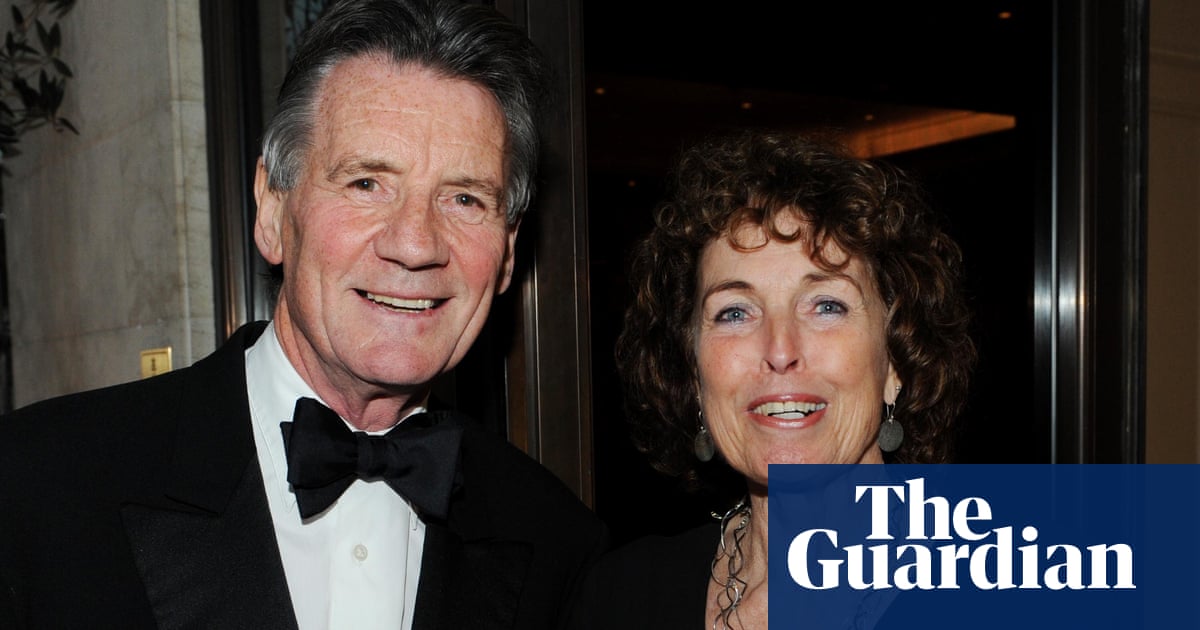
From Lady Gaga to Justin Bieber, more and more stars are working with film-makers to shape the stories of their lives. But the best films catch them with their guard down
Simran Hans
Simran Hans
@heavier_things
Fri 13 Mar 2020 10.00 GMT
Shares
27
Comments
121
Self-regarding … Taylor Swift in Miss Americana.
Self-regarding … Taylor Swift in Miss Americana. Photograph: Netflix
“I would like to be excluded from this narrative, one that I have never been asked to be a part of, since 2009,” wrote Taylor Swift of her public feud with Kanye West in a now-deleted Instagram post in 2016. Except, 15 minutes into the Swift-approved documentary Miss Americana, director Lana Wilson uses it as the film’s inciting incident.
Wilson tees up Swift as an entertainer, with footage of her at 13, 16 and 19 showing her easy rapport with her audience; the juxtaposition of West interrupting Swift on stage at the 2009 MTV Video Music Awards is like a slap across the face. “For someone who’s built their whole belief system on getting people to clap for you, the whole crowd booing is a pretty formative experience,” says the present-day Swift’s voiceover. The film pivots on the idea that her people-pleasing was her undoing, and peddles her change in strategy to becoming a no-nonsense, natural-born leader.
Twitter and Instagram have empowered stars to share their stories; the feature-length rock doc offers further means of consolidating their own narratives. As well as Swift, the past five years have seen Beyoncé, Katy Perry, Lady Gaga, Demi Lovato, MIA and Jonas Brothers participate in and present films about their lives. Amazon and Apple TV+ have ordered original documentaries about Rihanna and Billie Eilish respectively for $25m (£20m) apiece – a sum comparable with the $60m three-project deal Beyoncé reportedly signed with Netflix in 2019. YouTube’s recent 10-part series about Justin Bieber, Seasons, supposedly cost the company a record $20m.
Gaga: Five Foot Two.
Facebook Twitter Pinterest
Gaga: Five Foot Two. Photograph: Courtesy of Netflix
These deals are mutually beneficial. Jason Baum, producer of Spike Jonze’s forthcoming Beastie Boys Story – one of Apple TV+’s first music offerings – says that, for streaming companies hungry for original content, “music is a natural existing property for them to latch on to because they don’t have the intellectual property of a Marvel or a DC Comics”.
Advertisement
The imperative for the artists involved, though, is far from purely financial. Many of the most commercially successful music documentaries of recent years focus on artists who have died: Kurt Cobain: Montage of Heck; the Oscar-winning Amy; Whitney Houston documentaries from Nick Broomfield and Kevin Macdonald; and Mystify: Michael Hutchence. But these posthumous texts can veer into hagiographic – or exploitative – territory. Perhaps mindful of this, stars are increasingly working with film-makers to shape their stories while they are still alive.
These films aim to bolster their stars’ humanity, with many of them following their subjects during a period of crisis. Consider Lady Gaga asking if her face is puffy from crying while in hospital for chronic pain in Gaga: Five Foot Two, filmed amid the making of flop album Joanne; or Swift admitting in Miss Americana that she had nobody to call after winning album of the year at the Grammys for the second time, filmed after her album Reputation received a muted response. These are stars at moments of transition rather than in their pomp, more character studies than definitive portraits. Caitrin Rogers, who produced Miss Americana as well as the Oscar-winning 20 Feet from Stardom, says stars are “often more reflective” in these lulls, and “are willing to say more when they’ve had time to sit with something” after their peak success.
In Bed with Madonna.
Facebook Twitter Pinterest In Bed with Madonna. Photograph: Dave Hogan/Getty Images
Some docs are designed to engineer a comeback, such as Bros: After the Screaming Stops, in which Matt Goss philosophised that “the letters H-O-M-E are so important, because they personify the word home”. Others are more stage-managed, and therefore less successful. Britney: For the Record was filmed one year after Spears’s public breakdown in 2007. “It’s too in control. There’s no excitement,” she says on the subject of her micromanaged life – a controlled insight.
Advertisement
The first few episodes of Seasons are similarly reticent, but as the series progresses, Bieber is more reflective, confessing that the lack of responsibility, accountability and stability in his upbringing led to the use of “lean, pills, molly, shrooms” as “an escape”. The presence of Daniel Amen (“Justin’s brain health doctor”) is a reminder, however, that this is ultimately a constrained version of his redemption narrative.
These low-ebb documentaries compare unfavourably with ones made during an artist’s imperial period, such as Alek Keshisian’s wildly entertaining Truth or Dare (AKA In Bed with Madonna), which captures Madonna during her career-peaking Blonde Ambition world tour; and Jon M Chu’s Justin Bieber: Never Say Never, which takes place in the bubble of Biebermania. Footage of history unfolding will always have a lightning-in-a-bottle quality. What’s more, freed from the need to re-establish their stars, these films end up revealing more. Though it received the Bieber stamp of approval at the time, Never Say Never is a chilling watch. Its talking heads cycle through an extensive catalogue of people who claim to have made him before we hear from the artist himself.
Sign up for the Sleeve Notes email: music news, bold reviews and unexpected extras
Read more
Madonna, meanwhile, is filmed goofing off with her dancers during a game of Truth or Dare. When she performs fellatio on an Evian bottle, it’s spontaneous and still a little shocking. “I don’t know what possessed me at that young age to say to Madonna: if I’m gonna do this, I’m gonna need to have all-access and final cut,” says Keshishian. Back in 1991, he says, “a star had to remain a mystery, and Madonna was going: ‘Rules are meant to be broken.’ She was revolutionary in creating more fascination [by revealing herself].”
Stars now reveal themselves constantly on social media, but as Steve Loveridge, director of Matangi/Maya/MIA, puts it: “All those Instagram photos of people’s dinners and shoes aren’t going to be a great record of how their lives felt.” Loveridge’s 2018 film collages hours of Maya Arulpragasam’s self-shot archive from over the years with carefully observed footage of his own. She wasn’t allowed in the edit, and he had final cut; the artist’s narcissism, brattishness and self-mythologising are on full display, and endearingly so. “I tried to make the film balanced by moving her regularly between spaces where she was sometimes the underdog, sometimes very privileged, sometimes wise and truthful, sometimes out of her depth, so that the ‘truth’ is never in one scene in the film,” Loveridge explains. “She is all of these myriad personas, and working it out for herself.”
Matangi/Maya/ MIA.
Facebook Twitter Pinterest Matangi/Maya/MIA. Photograph: Dogwoof
Advertisement
Rogers says the key to this current wave of docs is: “What is the story, and what is the story saying about the world we all live in?” Miss Americana’s third act plots the events of Swift’s life into something resembling a political awakening. In one scene, Swift pens a catchy song about sexist double standards called The Man; in another, she lambasts Republican senator Marsha Blackburn for conforming to a masculine ideal of power. The contradiction Wilson presents can be read as a subtle critique – or as an honest look at the process of a young woman learning the parameters of her values. Both Miss Americana and Matangi/Maya/MIA comment on a cultural moment in which female artists are under incredible scrutiny to perform their personal politics, whether equipped to or not.
As well as capturing something about our culture, the most attentive documentarians can catch a tender fragment of what looks like truth. Katy Perry, tearfully weathering divorce, plastering on a smile as she ascends to the stage in Katy Perry: Part of Me. Grainy cameraphone footage of Beyoncé and Jay-Z serenading each other with Coldplay’s Yellow in the otherwise opaque Life Is But a Dream. The disappointment that flickers across Swift’s face when she is told that Reputation hasn’t been nominated for any Grammys, and the speed with which it switches into practical resolve. But train a camera on anyone and they will likely begin to play a version of themselves – can these films ever really show the star behind their shine? Artists continue to utilise the documentary form as a shorthand for truth – but that truth is still another construction.












